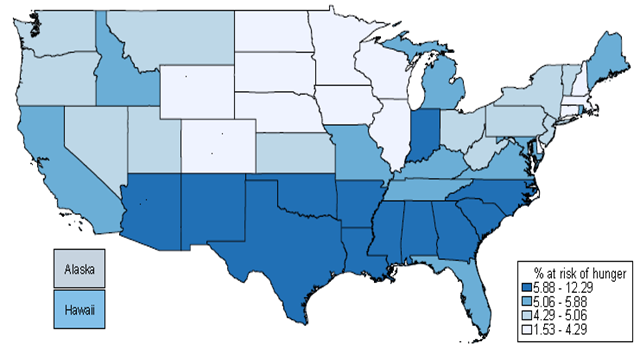More U.S. seniors going hungry
By Elizabeth Crisp, USA TODAY
17 May 2011 JACKSON, Miss. – Addie Mae Payton waits every Thursday for the Meals On Wheels man to bring her lunch. “It’s things like chicken, rice and vegetables that I can heat up in the microwave,” says Payton, 85. “You get full off of it, you sure do.” Even with about 5,000 such programs across the country, about one in nine seniors are at risk of hunger because of factors that include poverty and limited mobility, program officials say. “They’re the hidden hungry,” says Enid Borden, president and CEO of the Meals On Wheels of America. “It’s a national problem with community implications.” The most recent Meals On Wheels study on the issue, conducted in 2009, showed Mississippi had the highest rate of residents 60 to 90 at risk of hunger at 12.3%. South Carolina ranked No. 2 at 9.8%. The problem has continued to grow since then, Borden says, exacerbated by the nation’s economic struggles. James P. Ziliak, director of the Center for Poverty Research at the University of Kentucky and co-author of the Meals On Wheels study, says the rate of senior hunger has been climbing nationally over the past decade, with as many as 5 million seniors facing hunger. … An AARP Public Policy Institute analysis of data released last fall showed that between 2006 and 2008, the percentage of poor and near-poor seniors who were hungry more than doubled, from 4.7% to 10.1%. …
